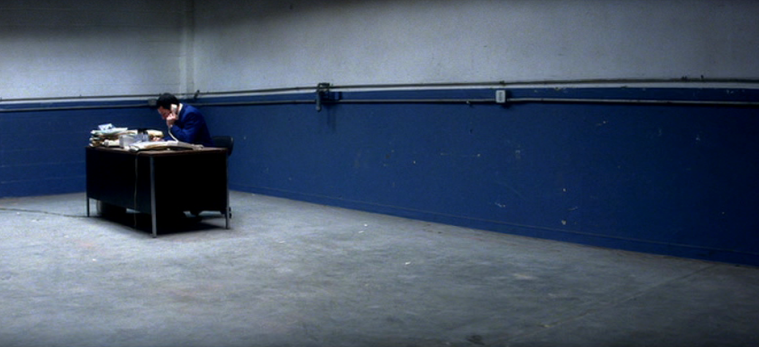
Despite what some may think, cinematography isn’t just setting up a few lights and finding an aesthetically pleasing angle. On the contrary, it is a deep science that combines instinctual artistic gut with a core thematic understanding of story and character. Each film requires a different cinematic treatment, depending on countless aspects.
In a new video essay by Film in the Making, What Is Negative Space In Movies?, the compositional technique of using surroundings as an integral part of the frame is explored. While this may seem like a must for almost every shot ever composed, many films fill their frames with bodies and faces, blocking out the environment to isolate the people. However, to make the person isolated, their environment must be brought into focus, too.
Using a collection of films including Interstellar, Garden State, and Punch-Drunk Love, the essay explores why negative space is a powerful tool to demonstrate vast landscapes that engulf characters, as well as intimate ones that stifle them. It can depict loneliness and isolation, and make a character stand out against their surroundings.
See the essay below, with a nod to Film School Rejects, and check out the evolution of cinematography through Oscar winners here.

